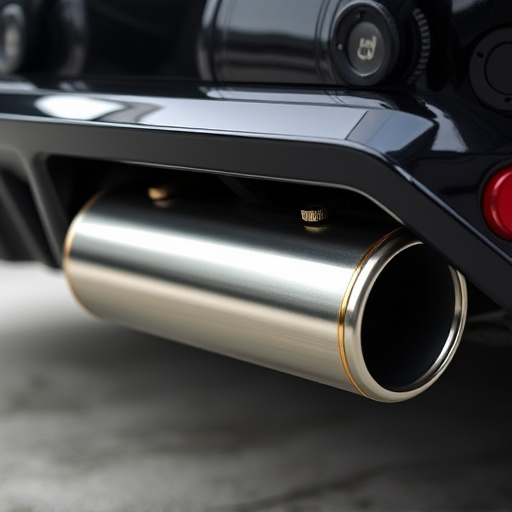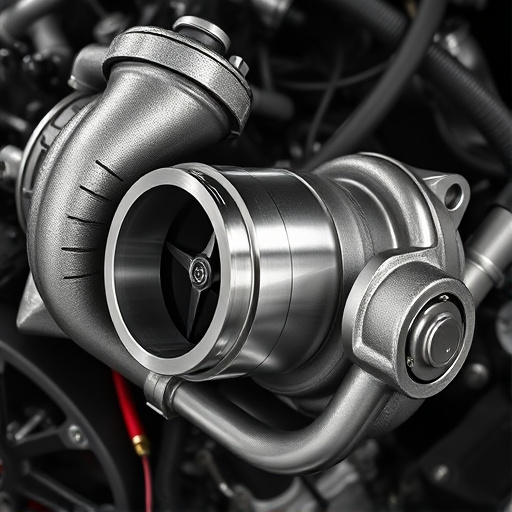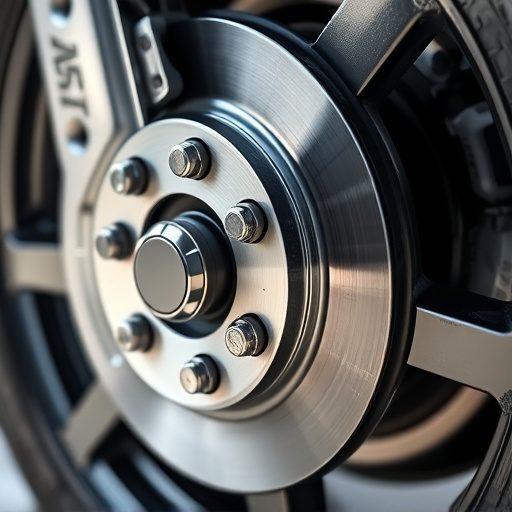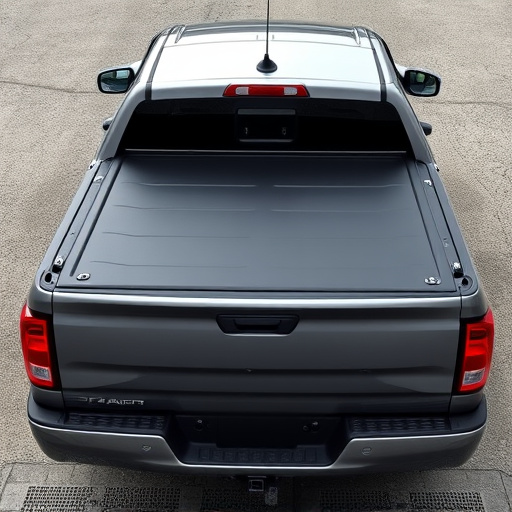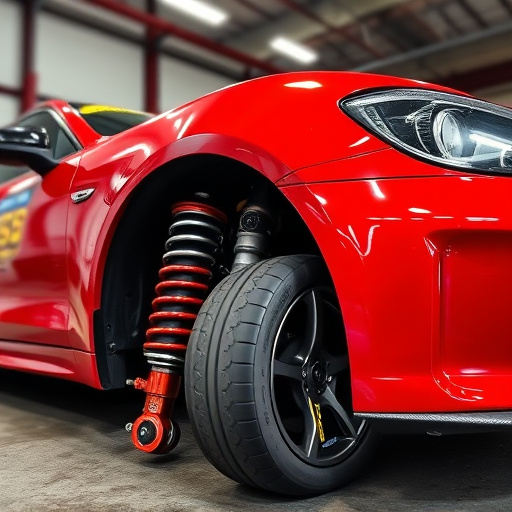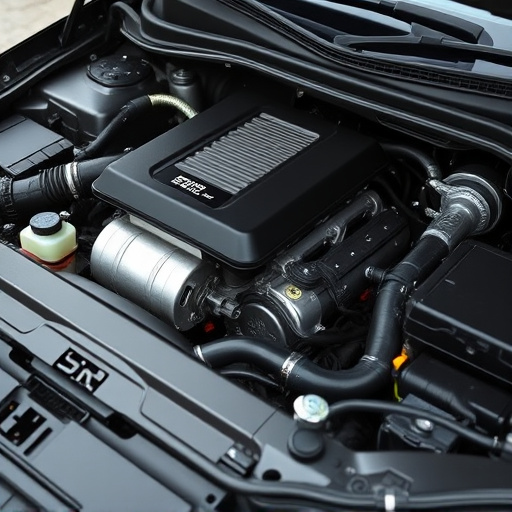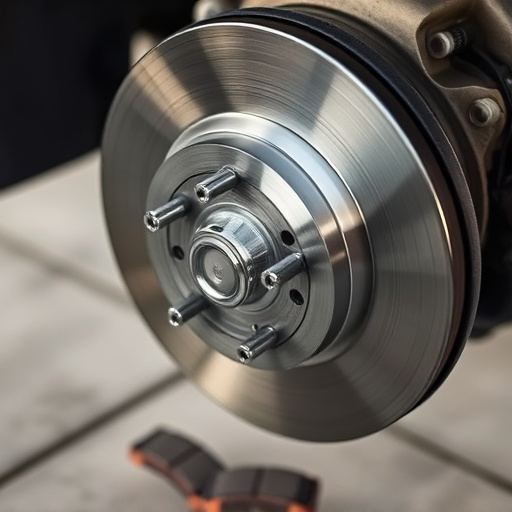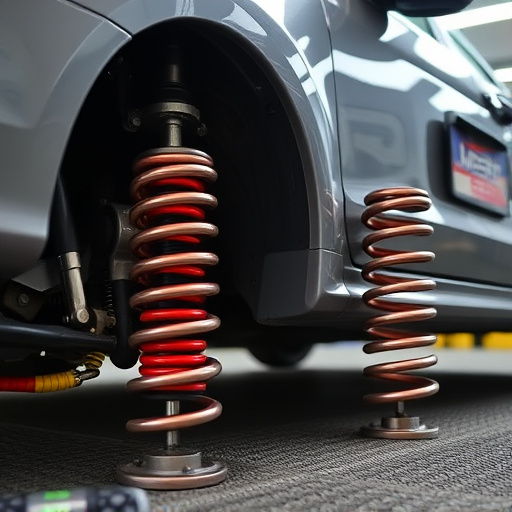Short Ram Air Intakes (SRAI) enhance engine performance and fuel efficiency by directly routing cooler, denser air into the engine, improving combustion. They offer weight savings, compact design, and compatibility with performance exhausts. However, SRAIs may struggle in cold climates, require more maintenance, and necessitate professional installation. Compared to Cold Air Intakes (CAI), SRAIs provide moderate power gains at a lower cost, often paired with brake components and air filter kits.
Discover the world of automotive performance with a focus on two popular modifications: short ram air intakes (SRAI) and cold air intakes. This article breaks down the fundamentals, benefits, and drawbacks of each system.
We’ll explore how these upgrades enhance engine power while delving into their unique characteristics. From improved airflow to potential challenges, learn about the key differences between short ram and cold air intakes to make an informed decision for your vehicle.
- Understanding Short Ram Air Intakes: A Basic Overview
- Advantages and Disadvantages of Using Short Ram Air Intakes
- Cold Air Intake vs Short Ram: Key Differences and Considerations
Understanding Short Ram Air Intakes: A Basic Overview
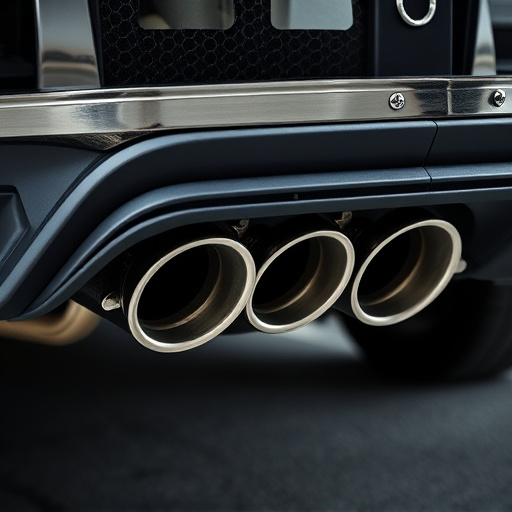
Short ram air intakes (SRAI) are a popular modification among car enthusiasts seeking to enhance engine performance and overall driving experience. Unlike traditional cold air intake systems that route air from outside the vehicle, a short ram intake extracts air directly from the engine compartment, often utilizing a larger, more efficient air filter. This design reduces the distance air travels, minimizing restrictions in the intake process. The result is an increased flow of cooler, denser air to the engine, leading to better combustion and potentially higher horsepower outputs.
By concentrating cold, high-density air directly into the engine, short ram intakes can also help reduce turbo lag in turbocharged vehicles. This benefit, coupled with improved airflow dynamics, makes SRAI a preferred choice for those seeking both power gains and fuel efficiency. Moreover, these intakes often boast sleek, sporty designs that complement the aesthetic appeal of performance-oriented vehicles, featuring components like high-flow exhaust mufflers and aggressive exhaust tips to complete the look and sound.
Advantages and Disadvantages of Using Short Ram Air Intakes
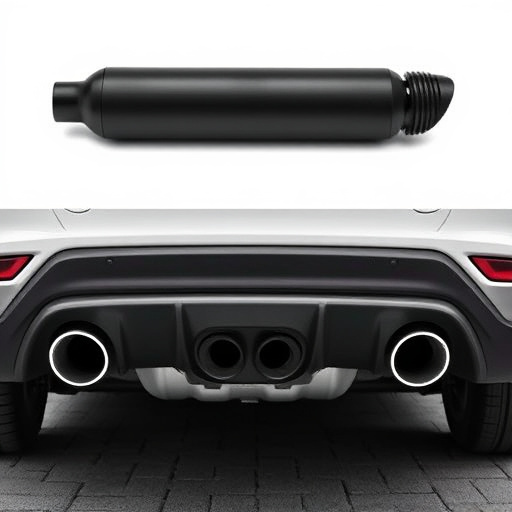
Short ram air intakes (SRAI) offer several advantages for vehicle owners seeking to enhance performance and fuel efficiency. One of the key benefits is improved airflow, as they bypass the stock air box and its restrictions, allowing more cold, dense air into the engine. This direct route results in better combustion, leading to increased horsepower and torque. Additionally, SRAIs can help reduce backpressure in the exhaust system, promoting smoother gas flow and potentially improving fuel economy, especially in combination with a performance exhaust system. They are also generally lighter and more compact than traditional cold air intakes, contributing to better handling and reduced weight.
However, there are some disadvantages to consider. Short ram air intakes may be less effective in colder climates as they do not incorporate additional heating elements to warm the intake air. This could lead to temporary performance loss until the air reaches optimal temperature during operation. Furthermore, their direct routing might expose sensitive components to more contaminants and dust, potentially requiring more frequent maintenance compared to other intake systems. Installation can also be more complex due to their design, often necessitating professional assistance or specialized tools, which may incur additional costs.
Cold Air Intake vs Short Ram: Key Differences and Considerations
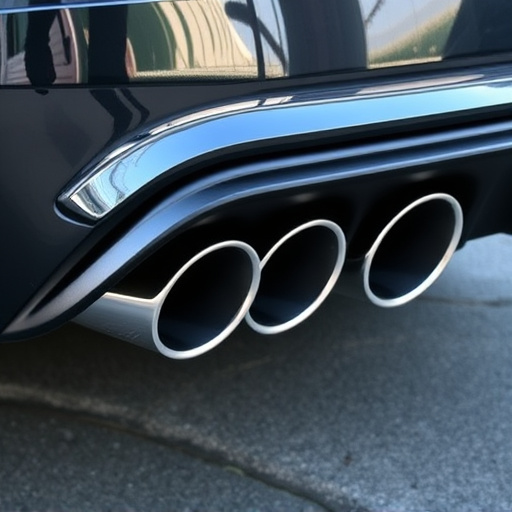
When it comes to enhancing engine performance, the choice between a Cold Air Intake (CAI) and Short Ram Air Intake (SRAI) is a popular debate among car enthusiasts. Both systems aim to improve airflow, but they differ significantly in design and installation.
A Cold Air Intake typically draws air from outside the vehicle, often from the side or front, filtering it through an air box and then feeding it directly into the engine. This ensures a constant supply of cold, dense air, which can increase power output and torque. In contrast, a Short Ram Air Intake is designed to be more discreet, using the existing engine bay space efficiently. It draws air from within the engine compartment, bypassing some of the standard intake components like the mass air flow sensor. While it may not provide the same dramatic performance gains as a CAI, a SRAI offers improved breathing efficiency and can be a more cost-effective option, especially when paired with high-quality brake components and air filter kits.
In the quest for improved engine performance, understanding the nuances between short ram and cold air intakes is essential. While both aim to enhance airflow, they differ significantly in design and functionality. Short ram intakes offer a straightforward, cost-effective solution with potential gains in power and fuel efficiency. On the other hand, cold air intakes provide a more intricate setup, drawing cool air from outside the engine bay for optimal combustion. When deciding between these options, consider factors like climate, budget, and desired performance levels to make an informed choice that best suits your automotive needs.




